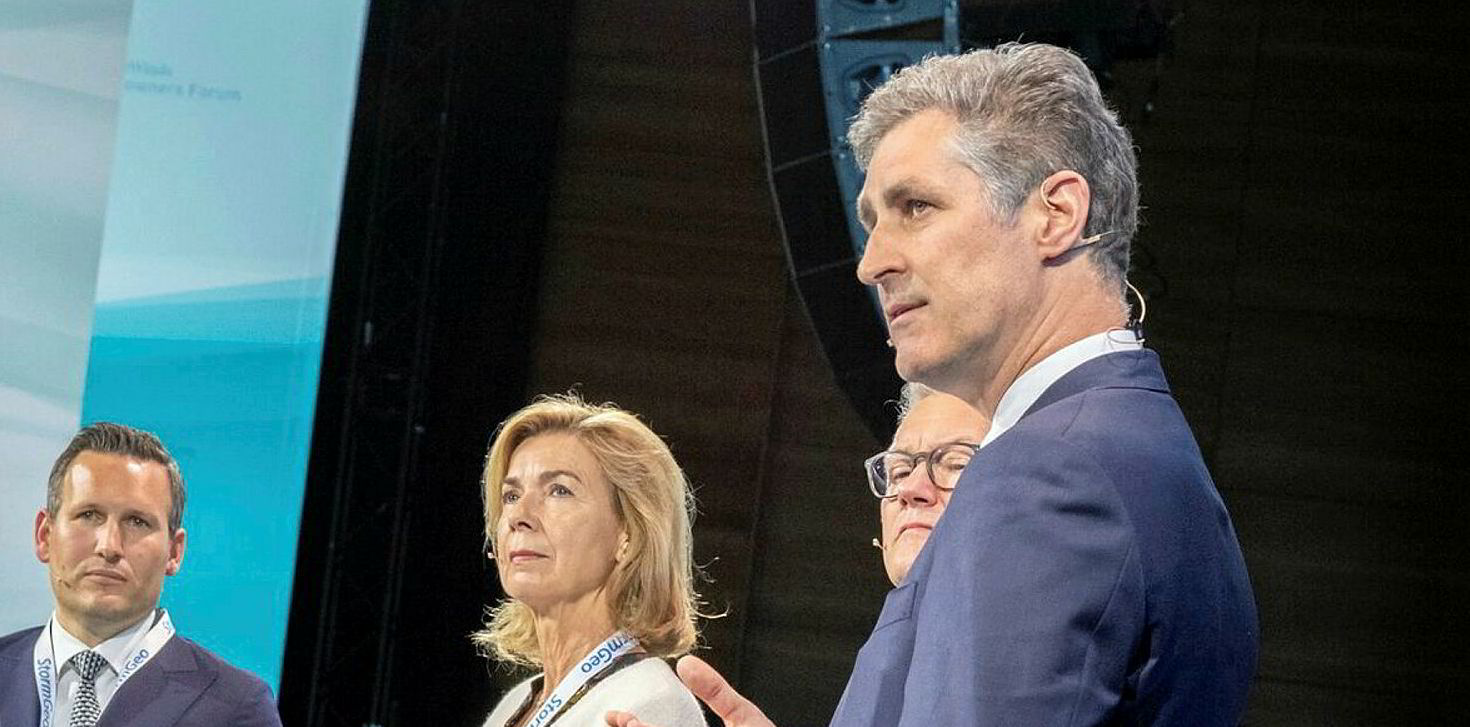Swedish bank SEB has included shipping into its pledge to meet the emissions reduction targets of the Net-Zero Banking Alliance.
The bank aims to cut financed emissions by 41% by 2030, measured as well-to-wake emissions divided by tonnage capacity per nautical mile.
“The shipping sector faces a major challenge in transitioning to a low-carbon future,” Hans Christian Kjelsrud, global head of shipping coverage, told TradeWinds.
“This target shows that we and our customers are ready to contribute to the transition.”
The reduction targets are in line with or exceed relevant scenarios to keep the increase in global temperatures below 1.5C.
“To reach this target, it is necessary that we continuously review our credit portfolio, but above all, that our customers optimise their fleets with new energy-efficient ships, invest in energy-saving devices and technologies, and adopt low and zero-carbon fuels when available,” Kjelsrud added.
Including shipping, SEB now has set targets for seven sectors, covering 77% of its financed emissions in 2022.
Financed emissions have been reduced by 42% since 2020.
SEB’s shipping lending portfolio stood at SEK 51.4bn ($4.8bn) at the end of the first quarter, compared with SEK 50.9bn at the end of last year.
The shipping credit portfolio, which includes both drawn and undrawn loan commitments, was SEK 72.5bn at the end of the quarter, little changed from SEK 71bn at the end of the fourth quarter.
Operating profit for the first three months amounted to SEK 12.3bn compared with SEK 11.6bn in the same period last year.
“We report a solid result, with robust asset quality and low net expected credit losses [of one basis point],” chief executive Johan Torgeby said in the quarterly report.
“The strengthening macroeconomic picture in Sweden was partly reflected in an improved market sentiment. At the same time, the high-interest rate environment continued to have a dampening effect on credit demand.”
The return on equity was 17.2% in the first quarter compared with 17.9% a year earlier.
“As we entered 2024, optimism prevailed with the global economy gradually moving toward greater stability, with declining inflation driving expectations of lower interest rates,” Torgeby said.
“However, sentiment grew more cautious at the end of the first quarter, with decreasing expectations of rapid rate cuts.
“Geopolitics remained a risk driver, with the current military conflicts causing vast human suffering. Despite uncertainties, the assessment that the global economy is moving toward a recovery was maintained.”







